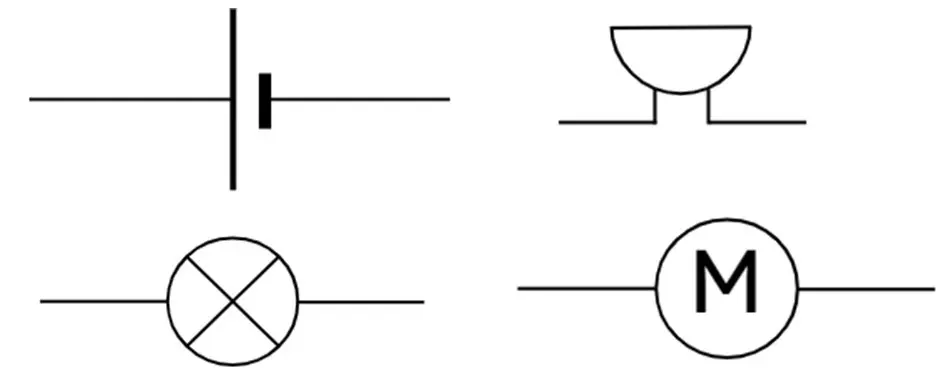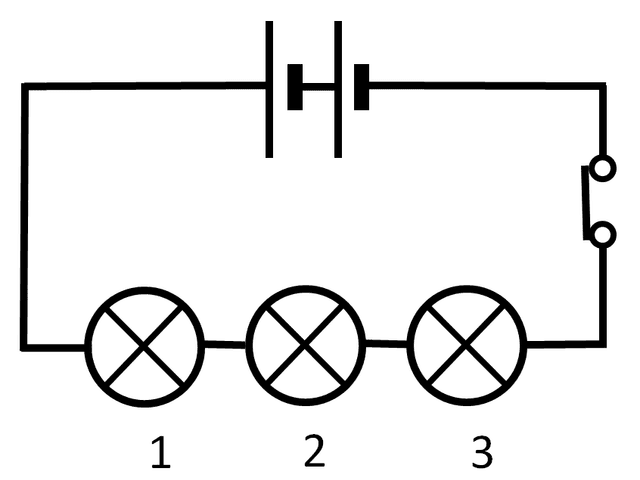Electrical resistance
I can compare the electrical resistance of different components using measurements of current.
Electrical resistance
I can compare the electrical resistance of different components using measurements of current.
These resources will be removed by end of Summer Term 2025.
Lesson details
Key learning points
- An ammeter measures current in amps (A).
- Resistance is a measure of how difficult it is for a current to flow.
- Resistance is measured in ohms (Ω).
- In a fair test, only the independent variable is changed so that no other variables affect the results.
- The variables that are deliberately kept the same are called control variables.
Keywords
Resistance - Resistance is a measure of how difficult it is for a current to flow through a component or a circuit.
Ohm (Ω) - The unit of resistance is the ohm (Ω).
Ammeter - An ammeter is a device that measures the current flowing through a circuit.
Amp (A) - The unit of current is the amp (A), which is short for amperes.
Control variable - A control variable is one that must be kept the same when other variables are being tested to ensure that the test is fair.
Common misconception
Current is used up (consumed) by electrical components.
Use the rope–loop model to model how the battery (hands) force current (rope) around the circuit against the resistance of components (hands squeezing the rope).
To help you plan your year 9 science lesson on: Electrical resistance, download all teaching resources for free and adapt to suit your pupils' needs...
To help you plan your year 9 science lesson on: Electrical resistance, download all teaching resources for free and adapt to suit your pupils' needs.
The starter quiz will activate and check your pupils' prior knowledge, with versions available both with and without answers in PDF format.
We use learning cycles to break down learning into key concepts or ideas linked to the learning outcome. Each learning cycle features explanations with checks for understanding and practice tasks with feedback. All of this is found in our slide decks, ready for you to download and edit. The practice tasks are also available as printable worksheets and some lessons have additional materials with extra material you might need for teaching the lesson.
The assessment exit quiz will test your pupils' understanding of the key learning points.
Our video is a tool for planning, showing how other teachers might teach the lesson, offering helpful tips, modelled explanations and inspiration for your own delivery in the classroom. Plus, you can set it as homework or revision for pupils and keep their learning on track by sharing an online pupil version of this lesson.
Explore more key stage 3 science lessons from the Resistance and parallel circuits unit, dive into the full secondary science curriculum, or learn more about lesson planning.

Equipment
A collection of components with suitable resistances, resistors, 1.5 V and 6.5 V bulbs, pencils with both ends sharpened, leads, crocodile clips, 1.5 V cells and ammeters.
Content guidance
- Risk assessment required - equipment
Supervision
Adult supervision required
Licence
Starter quiz
6 Questions



Exit quiz
6 Questions






